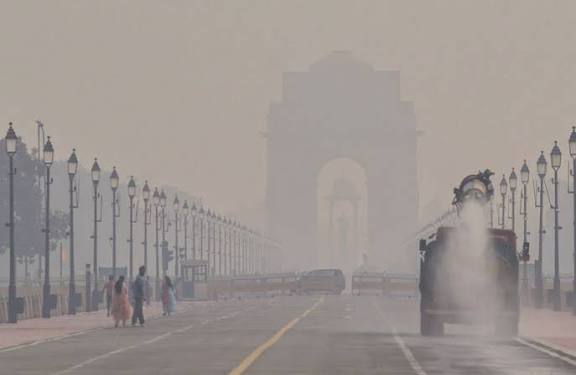On Wednesday, October 22, 2025, New Delhi’s 20 million residents woke to the world’s most polluted air, a day after Diwali festivities filled the skies with fireworks and firecrackers. According to IQAir, the city’s PM 2.5 levels measuring harmful airborne particles were over 40 times the World Health Organization’s annual guideline, worsened by the festival’s sulfur and nitrogen oxide emissions and heavy metals from firecrackers. The city’s air quality, already poor year-round, deteriorates further in winter due to farmers burning crop stubble in nearby regions.

Despite a 2020 ban on firecrackers in New Delhi, the Supreme Court allowed “green” firecrackers—marketed as less polluting—within a specific time window this year. Residents reported widespread violations, with non-green firecrackers used late into the night.
Anushka Singh, a 30-year-old graphic designer, described staying home during Diwali to comfort her dog amid the noise, only to face a scratchy throat and burning eyes the next day. “Living in Delhi is a pain,” she said, frustrated by lax enforcement despite decades of pollution data.

Chandra Tandon, a 52-year-old shop owner, acknowledged the festive appeal of firecrackers but admitted their health toll, suggesting adults should limit their use. “It’s tough breathing in those fumes,” she said. New Delhi’s long-standing air quality crisis persists despite measures like water-spraying, traffic restrictions, and two $2.4 million smog towers built in 2018. Experts point to weak enforcement and coordination as barriers to progress, compounded by India’s need to power its economy for 1.4 billion people. On Wednesday, New Delhi topped IQAir’s global pollution rankings, with Kolkata and Mumbai also among the top ten most polluted cities.




